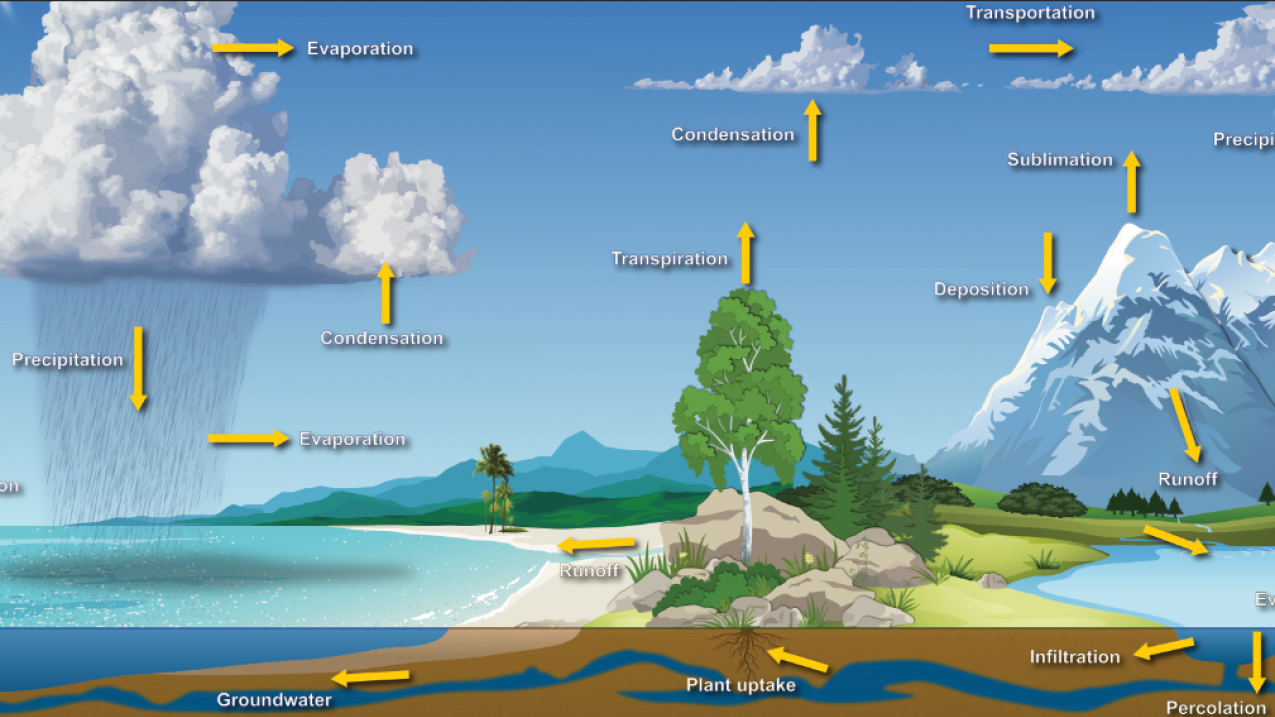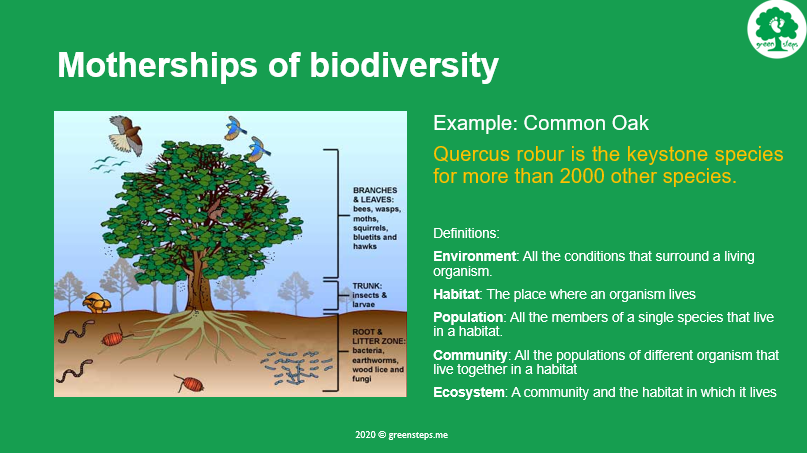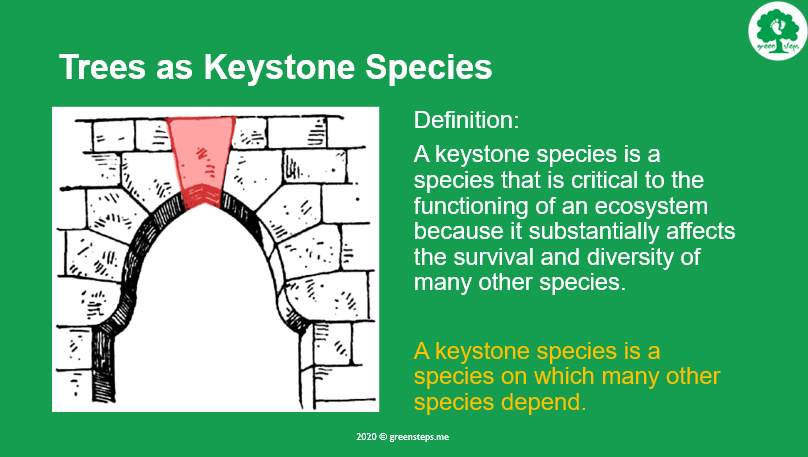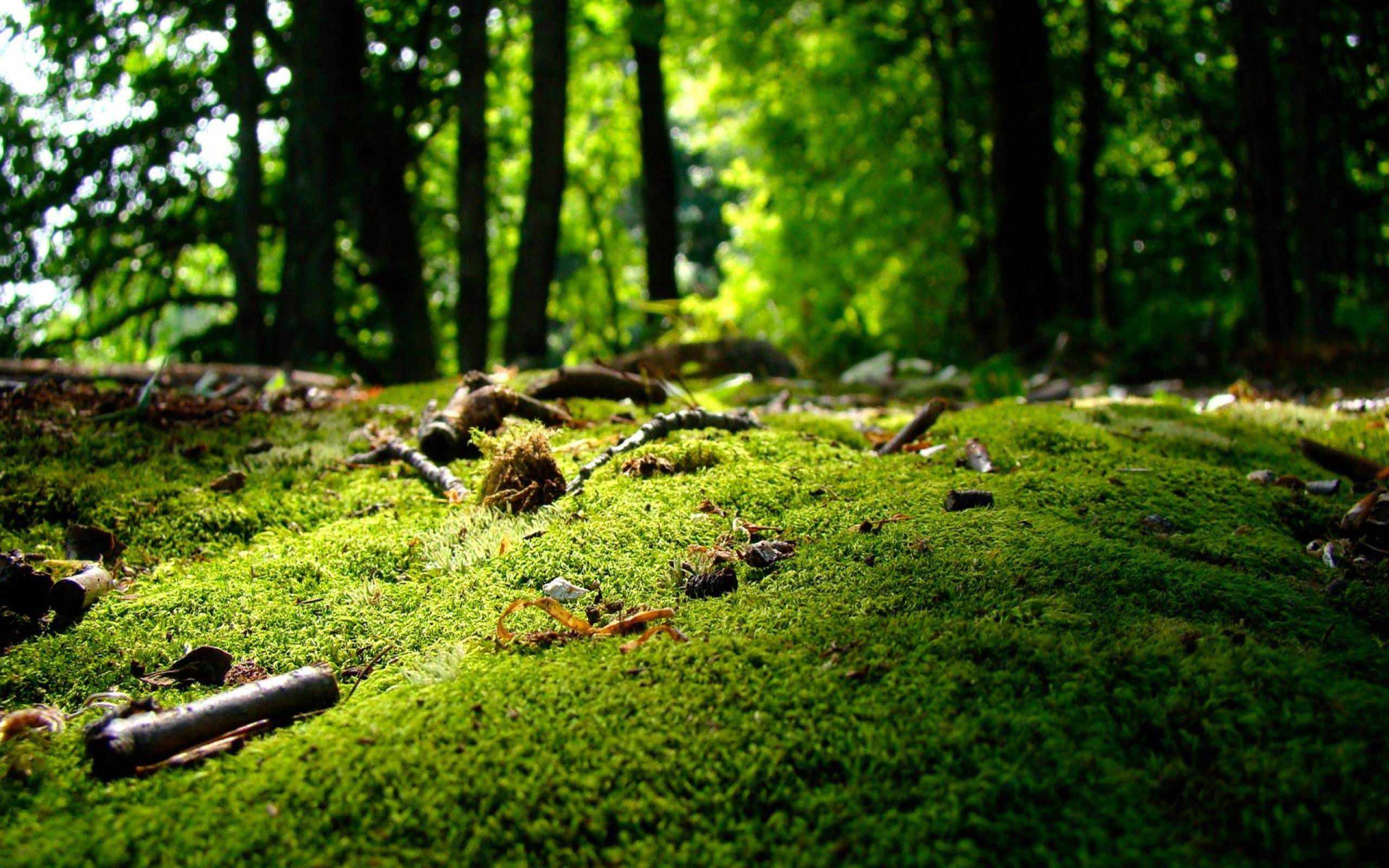Author:
Knut K. Wimberger
Short summary:
A book by the German forester Peter Wohlleben explains clearly why we at Green Steps focus our educational efforts on trees. Only those who know trees are able to protect them. Only those who know about their ecosystem services, which are vital for us, can appreciate them.

Peter Wohlleben wrote a non-fiction bestseller back in 2015 that completely passed me by since I didn't live in Europe at the time on the one hand and read little German-language literature on the other. Due to my work in the context of Mobile Campus 4.0 and the surveying of urban Big Friendly Giants, three friends separately drew my attention to the German star forester this summer. I couldn't help myself and had to get the book.
Well, what is there to say about it that hasn't already been said? Probably not much. I can only add one perspective to the 7815 reviews the author has received on good reads for the English edition translated from German, "The Hidden Life of Trees: What they feel, how they communicate: discoveries from a secret world". Peter Wohlleben is an author who writes experientially. Each short chapter is taken from life and therefore not boring and theoretical as non-fiction books sometimes are. The length of the chapters is suitable for readers who have little time to absorb at least a good amount of important information about the forest ecosystem each evening.
Wohlleben has not created a literary masterpiece with this book, but that was not his ambition. However, he has done an important service to science communication by writing down complex ecological relationships in a way that is accessible to the general population. His style is pleasant and unadorned. If you want to compare him to one of the great writers, the first one that comes to mind is Ernest Hemingway, who, in The Old Man and the Sea, uses a similarly simple language. Wohlleben has made it to a respectable overall score of 4.06, despite or because of the many reviews.
The timing of the book is remarkable, and my point of view is largely responsible for its success. The general trend of the strongly urbanized mankind to remember again the value of nature is undoubtedly given and has manifested itself in recent years in a nature movement 2.0. Why 2.0? Because we could already recognize a nature movement in Western societies about 100 years ago at the peak of the second wave of industrialization, which manifested itself, for example, in the founding of the Friends of Nature (1895, Austria), the founding of the Boy Scouts movement (1907, England), and the founding of allotment gardens (1865, Germany).
This nature movement 2.0, while associated with even more extensive urbanization, must also be linked to the emergence of social media. The introduction of smart phones in 2007 has made it all too easy for the inhabitants of consumer societies to spend countless hours a day in front of screens of various sizes, thereby forgetting biological connections to analogue nature (which also includes fellow humans) and not allowing them to emerge in the first place (Levitin, 2015). In this respect, Japanese forest bathing, which has become known as Shinrin-Yoku since the 1980s, or the term Nature Deficit Disorder coined by author Richard Louv are new forms of countering this technology-induced alienation from nature. The Nature Movement 2.0 can be linked to the entry of the "Western" world into the Information Age, which is characterized by the introduction of computers, game consoles, and modern flat screen televisions that enable tv on demand.
The overwhelming success of the author Wohlleben can therefore be attributed to the right timing. Man craves nature; but not only. The man of the information society also wants to know why this is so. To gain insight into the world of ecologists, foresters, and biologists. In other words, to learn from people who earn their living by spending much of their time in nature. Something that most people took for granted 200 years ago but has now become a rarity.
Wohlleben clears up false assumptions and images and explains with familiar metaphors a world that is difficult for our sense organs to grasp. Where necessary, he backs up his own observations with scientific studies, but never manages to make these statements seem heavy. However, they clearly give the book more credibility - and that is welcome to all readers in a time of fake news: Expertise, honesty and visible passion for the thing itself.

The thing in itself to which Wohlleben has devoted his life is the forest. A complex super-organism consisting of many elements, not least, different kinds of trees. The forester describes his personal transformation from economically oriented forest manager to forest guardian and appointed educator, explaining important ecosystem services to a broad public. Individual tree species are treated rather incidentally in the chapters, while the main theme in this "ode to the forest" is symbiosis, the cooperation between trees, fungi, animals, microorganisms and, last but not least, humans.
In a cooperation between trees and microorganisms, soil is created, a substance that means little to modern man alienated from nature. Wohlleben shows that soil is produced by forests and therefore concludes astutely and comprehensible for everyone: without forests no soil, without soil no food (read up in the chapter: In the realm of darkness). Furthermore, he gets to the bottom of a typical children's question: How does water get into the forest or even onto land? His answer was a realization for me in this clarity, because classical visualizations of the planetary water cycle (see above), of which I have seen many, fail to show the essential role of the forest for the interior.
Forests are not only giant water pumps that distribute rain relatively evenly across the landmass, but also giant atmospheric vessels that slow the planetary water cycle. In this context, I recall another insight eloquently offered by economist Jeremy Rifkin: for every degree Celsius of temperature increase, 7% more moisture is stirred up into the atmosphere, ultimately leading to more but erratic and storm-related precipitation. Climate change, or the abandonment of the Goldilocks conditions that have prevailed since the Neolithic Revolution, is therefore very directly linked to the change or reduction in planetary forest biomass.
Wohlleben describes the relationship between forests and continental precipitation as follows: Water always flows to the lowest point due to gravity, and thus the continents would dry out. This is only prevented by a steady supply, which is provided by clouds that form over the oceans and are then transported further with the help of winds. However, this mechanism only works up to a few hundred kilometers from the coast. The further inland it goes, the drier it gets because the clouds rain off and disappear. After only 600 kilometers, it becomes so dry that the first deserts appear. Life would actually only be possible in a narrow band on the outside of the continents, the inside would be desolate and withered. Actually. Because fortunately there are forests.
For every square meter of forest, 27 square meters of leaves and needles spread out in the crowns. Part of the precipitation remains up there and is immediately evaporated. In addition, the trees consume up to 2500 cubic meters of water per square meter in summer, which they release into the air as they breathe. This water vapor causes clouds to form again, which then move inland and rain down again. The game continues on and on, so that even the most remote areas are supplied with moisture. This water pump works so well that precipitation in some large regions of the world, such as the Amazon basin, hardly differs from that on the coast, even several thousand kilometres away. The only prerequisite: there must be forest from the more to the furthest. Especially if the first building block is missing, the system breaks down (read further in the chapter: Water pump forest).
Now there is no doubt that especially in densely populated, coastal regions, large sections must be preserved from clearing to maintain this water cycle. However, anyone who has flown along the coast of China from Beijing to Hong Kong or along other coasts knows how bad the situation is for these continuous forest areas. Where forests are no longer to be found, every tree counts, especially in urban and suburban areas. Not so much to provide additional water evaporation, but at least to give the many people who live in cities direct, experience-based access to the ecosystem services trees provide.
Wohlleben explains that these ecosystem services generally depend on the biomass of the tree in question. For example, trees with a trunk diameter of one meter produce three times as much biomass as specimens that were only half as thick. Thus, in trees, old does not mean weak, bent, and vulnerable, but quite the opposite, buoyant and powerful. Tree circles are therefore much more productive than young ones and, in the context of climate change, important allies of mankind (read on in the chapter: CO2 vacuum cleaners). It is therefore always surprising when local communities justify cutting down old growth by replanting three young trees. According to Dr. Rötzer, a scientist at the Technical University of Munich, who researches the cooling capacity of urban trees, a 100-year-old lime tree would have to be replaced with at least 30-40 young trees.

Other important insights Wohlleben shares with the reader concern this very cooling capacity of forests and the position of many trees as key species. An intact forest (as well as each individual tree) can sweat in summer, achieving the same effect as sweat does for us humans. However, the tree not only cools itself, but also creates a cooler microclimate in its environment, which benefits all who use it as a habitat. Again, the soil is of proverbial fundamental importance, because the better its condition, the more water can be stored to cool, especially at high temperatures (read more in the chapter: The Wooden Air Conditioner).
What is a keystone species? A species on which many other species depend. And this is exactly the case for many trees. Wohlleben therefore calls them the motherships of biodiversity and describes the experiment of a researcher who sprayed a 52-meter-tall tree with pesticides to get a definitive number of species living in that habitat. The astonishing figure: 2041 animals and 257 species were counted. The key message here, however, both in this chapter and arguably of the entire book, is that humans are a tree-dependent species. Rated a must-read.

Further readings:
- Peter Wohlleben
- Nature Deficit Disorder
- The secret to mindful travel? A walk in the woods
- Daniel Levitin, The Organized Mind
- Anastassia Makarieva et al., Biotic Pump of Atmospheric Moisture as Driver of the Hydrological Cylce on Land
- Chemical released by trees can help cool planet, scientists find
- The world’s forests do more than just store carbon, new research finds
- On the health benefits of the Mobile Campus
- Quantifying the cooling effects of urban trees in relation to their growth





